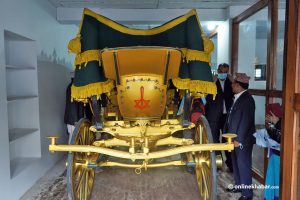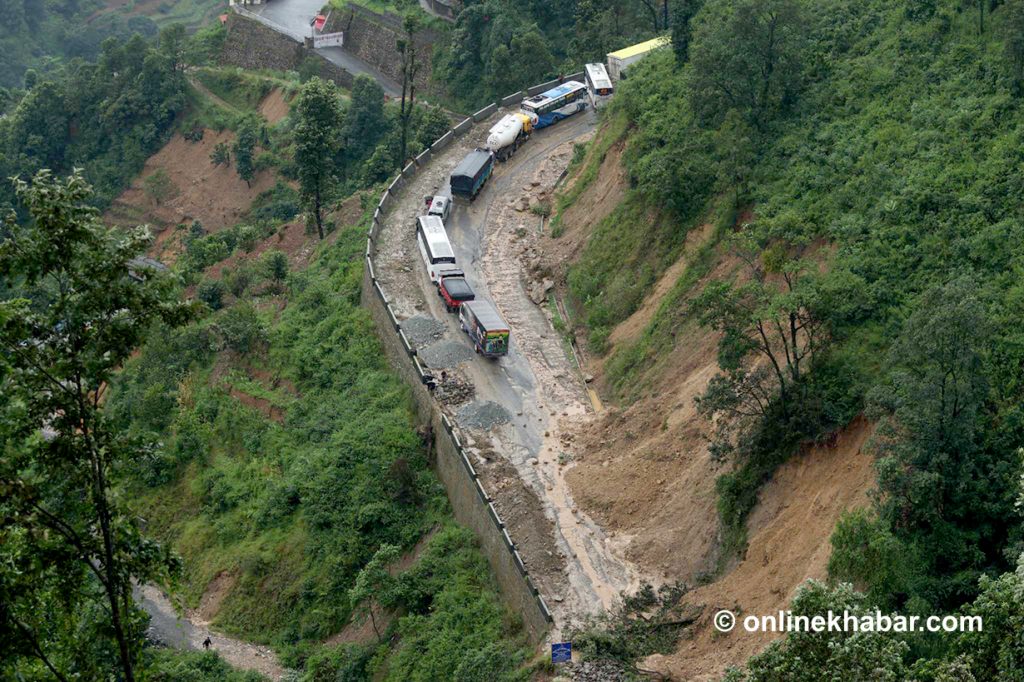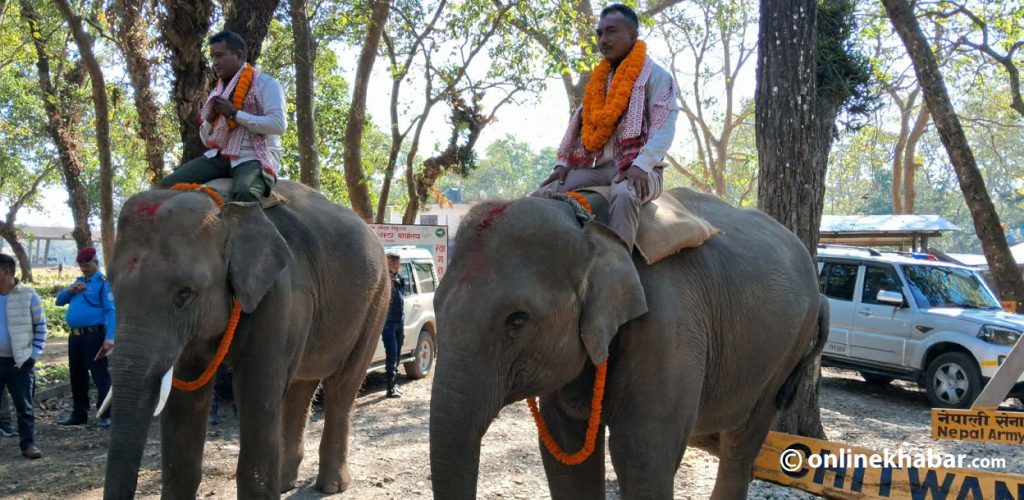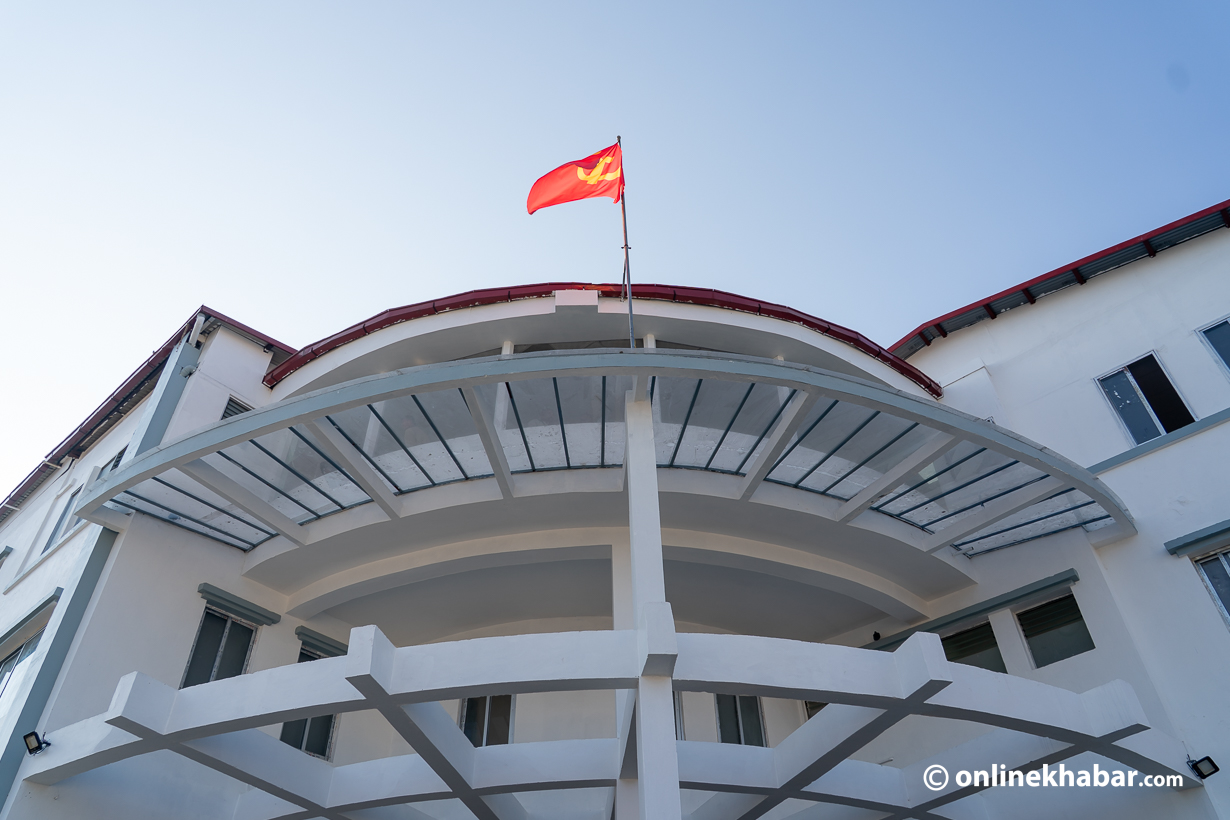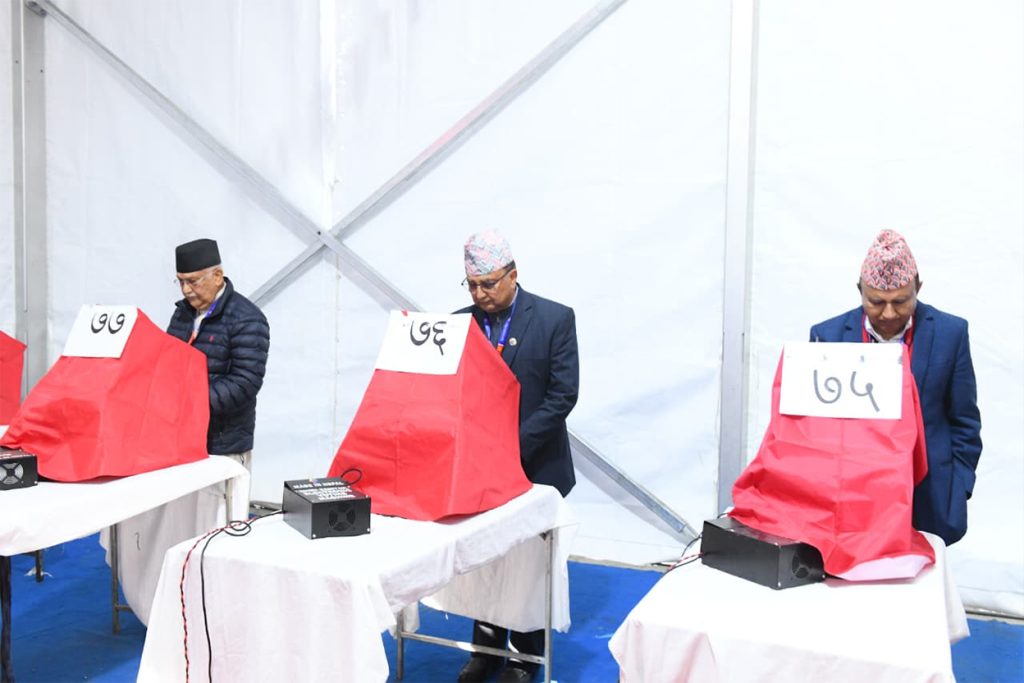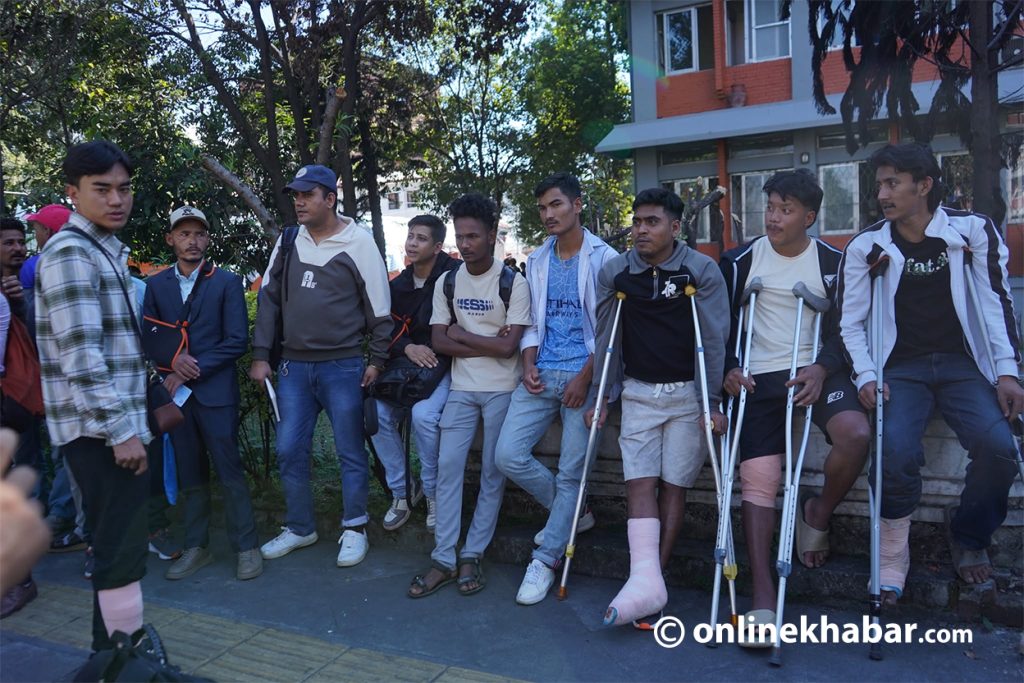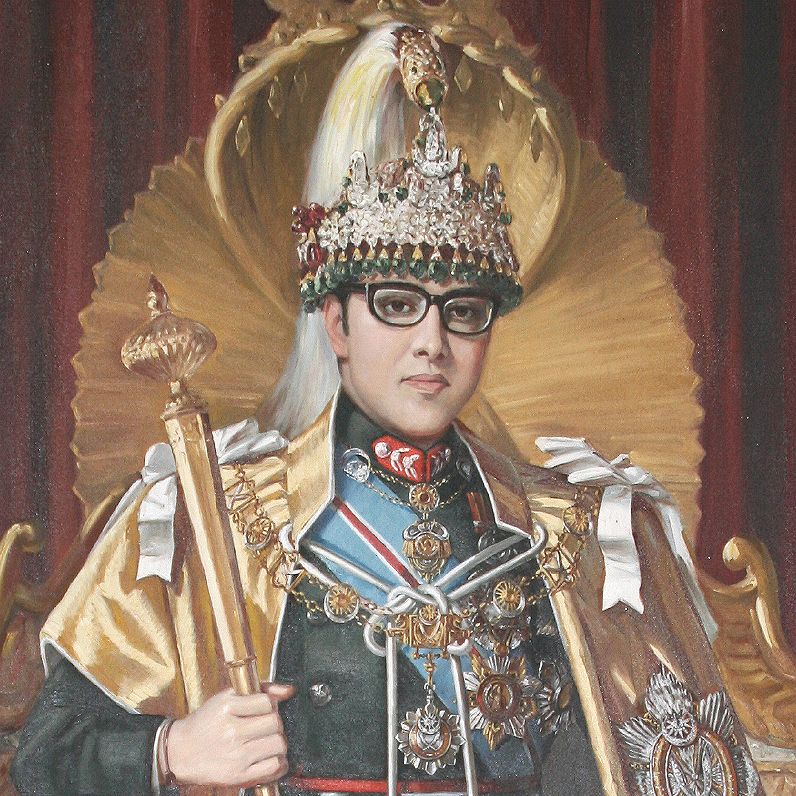
Birendra Bir Bikram Shah Dev was arguably the most beloved king of Nepal. Many people who have known and seen the monarchy in Nepal know King Birendra still believe him to be “the king”. But, why is King Birendra so popular in Nepal?
King Birendra was the 10th king of the Shah dynasty kings who ruled Nepal from 1972 to 2001. Birendra, the son of King Mahendra, got his highest degree of education from Harvard University. After King Mahendra died in 1972, he was crowned the king. He is the most loved and popular king Nepal ever knew. Although he achieved excellent things, many people criticised him too.
Nevertheless, many Nepalis still adore him and here are eight reasons:
1. He established a diplomatic campaign

When he became the king, there was constant political pressure from India, China, and the Soviet Union. Despite that, he was able to keep Nepal’s independence. His first foreign visit as the king was to India in October 1973, followed by China two months later. During the Mustang revolt, he averted the separation of Mustang from Nepal. The disarming of Khampa insurgents fighting against China led Nepal-China ties to new heights.
People recall King Birendra for his lengthy effort and commitment to the formation of the South Asian Association for Regional Cooperation (SAARC) and the South Asian Food Reserve. He also managed to establish the SAARC Secretariat in Kathmandu during his rule. He was able to establish diplomatic ties with an additional 46 countries, bringing the total number of countries with which he has diplomatic relations to 96. He also bolstered Nepal’s neutrality stance by pushing Nepal as a UN Zone of Peace. He argued that because Nepal was situated between two Asian nations, it should maintain good ties with them.
2. He promoted peace in Nepal

In the United Nations conference, he recommended that Nepal be proclaimed a zone of peace, taking into account Nepal’s historic peace status, the birthplace of Gautam Buddha, and its historical policy of non-alignment with any foreign powers. This proposal was endorsed by 116 UN member countries.
In 1986, he developed a peacekeeping training camp. In 2001, this was converted into a training institute for peacekeeping personnel, which was later named Birendra Peace Operations Training Centre in Paachkhaal, Kavre. This institute was eventually reformed as the training agency through which Nepal began sending trained peacekeeping forces in collaboration with the UN.
King Birendra effectively disarmed the Khampa rebellions and settled them in the northern Himalayan area in 1974 by providing land, money, and citizenship to individuals who surrendered their guns and confiscated firearms. Those who did not surrender would so be barred from travelling to the Tibetan territory. King Birendra is also credited for preventing the employment of the army to quell the Maoist movement in the country, which would have exacerbated the crisis and disrupted national harmony.
3. He contributed to environmental protection
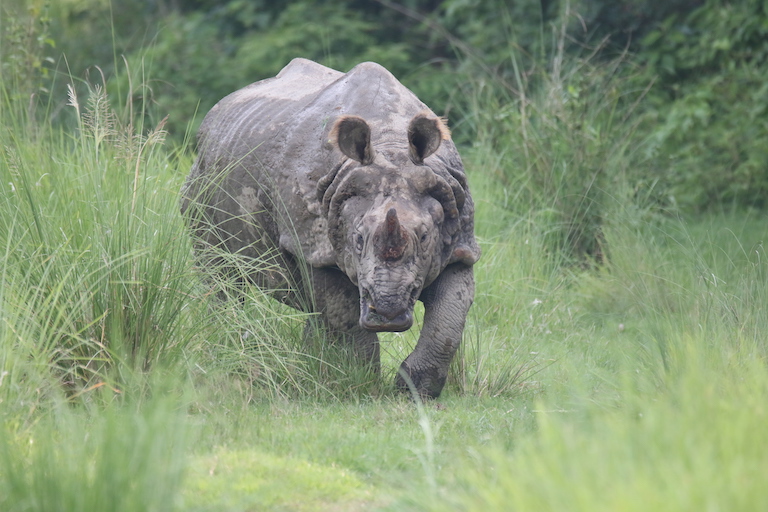
King Birendra was considered a nature enthusiast and ardent promoter of environmental protection. During his tenure, the government began to promote nature conservation. The government established the anti-rhino poaching squad of 130 armed personnel and a network of guard stations across Chitwan in response to the significant fall of the rhinoceros population caused by large Terai migration and the magnitude of poaching. To avoid rhino extinction through a legal structure, the Chitwan National Park was gazetted in December 1970, with limits determined the following year, and formed in 1973.
In 1976, an area of 368 square km was gazetted as Royal Karnali Wildlife Reserve for tiger protection in the country, which was later renamed Royal Bardiya Wildlife Reserve in 1982. He also contributed to the formation of Langtang National Park, Koshi Tappu Wildlife Reserve, Royal Shuklaphanta Wildlife Reserve, Sagarmatha National Park, and other locations.
4. He brought economic changes
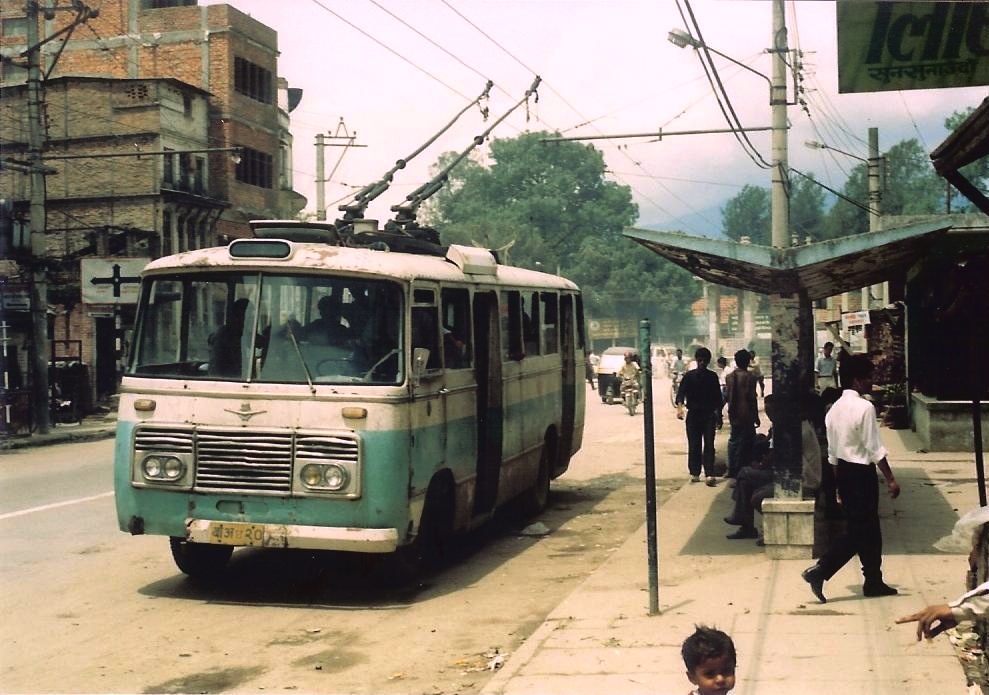
With the assistance of China, a trolley bus system was constructed in Nepal by King Birendra on December 28, 1975, with a focus on sustainability and environmental protection. Following in his father’s footsteps, he established industrial estates in Nepalgunj, Pokhara, Butwal, Bhaktapur, Dhankuta and Birendranagar. King Birendra was initially credited with designing the Melamchi water project plan for Kathmandu.
During his tenure, Gorakhali Tyre Industry, Udayapur Cement Industry, Nepal Metal Company, and Nepal Pharmaceuticals were all formed. Pashupati Area Development Trust was patronised by King Birendra. In April 1979, the Nepal Oriental Magnesite facility was constructed in Lakuri Danda in Dolakha District with a joint investment of the Nepal government and Orissa Industries, India, to produce dead-burned magnesite and talc powder. He was able to form a Nepal-Pakistan Joint Economic Commission in 1983, which resulted in major foreign investment in the nation.
5. He established many airports and roads

Several studies conducted in 1972 revealed that constructing road connectivity in mountainous and rural locations was more expensive than building air connectivity. As a result, the then-government implemented a strategy of linking rural regions with airports and building roads only where there was a substantial volume of traffic. Airports in Baglung (Balewa), Dhorpatan, Mahendranagar, and Rukum Chaurjahari were all created under this programme in 1973. Several other airports were established in the years that followed.
Similarly, with Swiss government assistance, the Lamosangu-Jiri road going to Solukhumbu was completed in 1985.
6. He worked for agriculture promotion

During King Birendra’s tenure, the government placed a strong emphasis on agriculture promotion. As a result, by 1990, about 90 per cent of the population was directly or indirectly involved in agriculture.
Furthermore, Bhrikuti Pulp and Paper was founded in 1985 with backing from China under the Companies Act (1964). He also boosted agricultural areas and agricultural labour supply and increased food supplies, leading to greater nutrition. Corn output climbed from 500,000 tons in 1961 to nearly 1 million tons in 1991. Lumbini Sugar Mills was developed in 1982 with technical support from China.
The foundation of Gorakhali Rubber Industries resulted in the first planting of rubber in Jhapa, Illam, and many other areas of eastern Nepal.
7. He promoted democracy
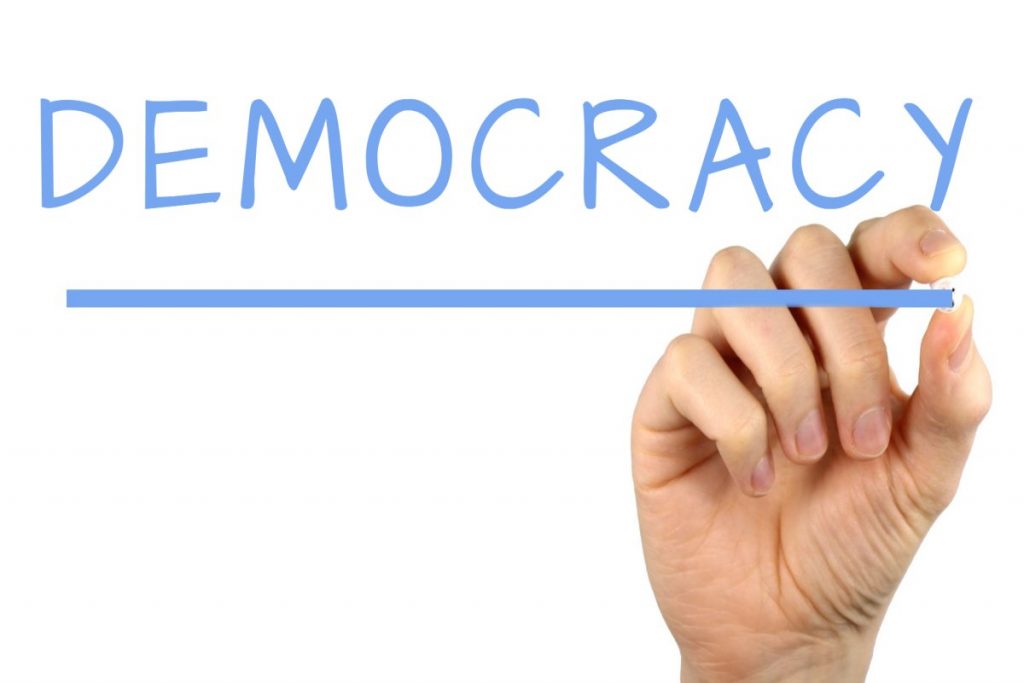
During the reign of King Birendra, he held a referendum for people to choose between a multiparty democratic system and a party-less Panchayat system. In the referendum, the Panchayat system received 54.99 per cent of the votes. He then divided the nation into five development regions to create balanced development and visited each division once a year; the visits were discontinued after the 1990 democratic movement.
He also easily accepted the end of the Panchayat system in 1990 following the movement.
Despite previously being an autocratic ruler and resisting constant pressure from the supporters and royal members, King Birendra always played the role of the constitutional monarch by the book and never overstepped his boundaries. When there was a political problem in the country, King Birendra was always present. His strong governance can be ascribed to the mid-term elections in 1994 and the general election in 1999.
The king routinely sought the Supreme Court’s assistance on any political concerns involving the constitution in order to ensure that he did not overstep the limitations of the constitution. He established a system in which the monarch and prime minister met at his palace every Thursday to discuss state problems.
8. He established a policy for the national development
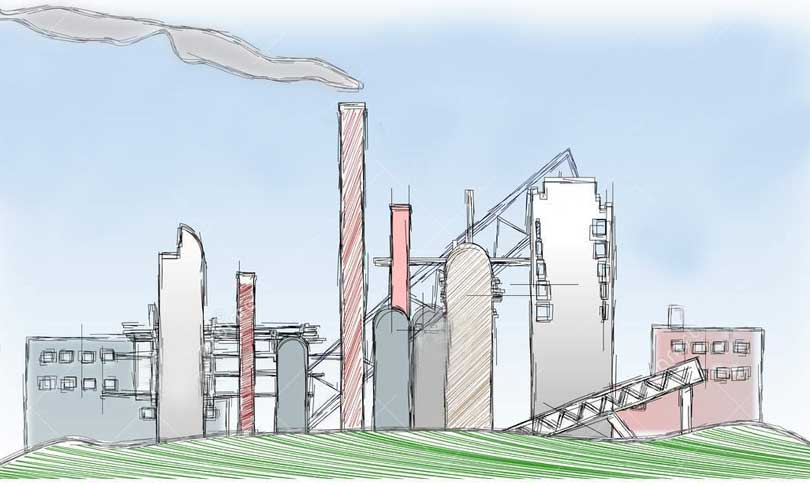
King Birendra implemented a road development programme based on population and daily road traffic, as well as linking rural regions to airports. He reformed various government organisations to achieve developmental goals. He emphasised road construction, cleanliness, and scientific and technical training.
A comprehensive assessment of the national planning agency resulted in the restructuring of the National Planning Commission in 1972, followed by minor revisions in 1987. The government’s strategy was primarily concerned with environmental protection, agriculture, and education.




